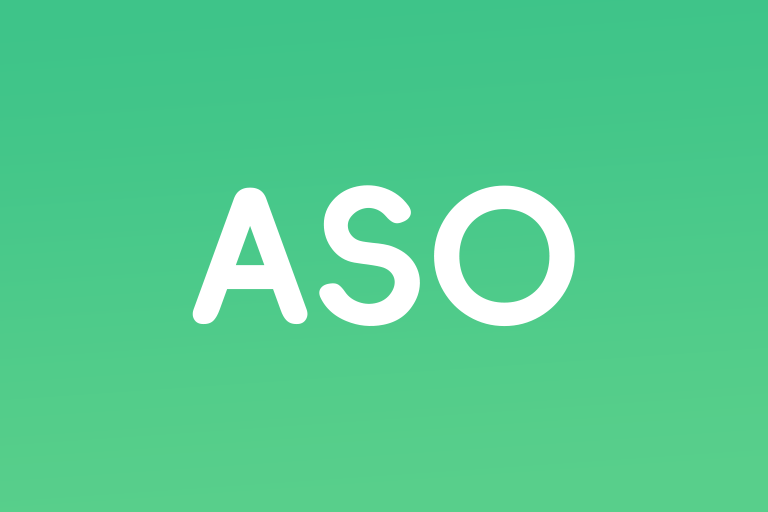Introduction
In the competitive realm of mobile apps, App Store Optimization (ASO) stands as a crucial pillar for success. ASO is akin to SEO for websites, but it focuses on enhancing an app's visibility and conversion rate within the app stores. A significant aspect of ASO is text metadata optimization, which involves fine-tuning the textual content associated with your app to make it more discoverable and appealing to potential users. This guide will walk you through the fundamental steps of optimizing your app's text metadata, ensuring that your app not only stands out in a crowded marketplace but also resonates with your target audience.Step 1: Understanding Text Metadata in ASO
Text metadata in App Store Optimization (ASO) refers to all the text elements that can be optimized to improve an app's visibility and conversion rates in the app stores. This includes the app's title, subtitle (iOS) / short description (Android), keyword field (iOS only), long description, and promotional text (iOS only).Step 2: Keyword Research
Keyword research is the foundation of ASO text metadata optimization. Follow these steps:- Identify Target Keywords: Use tools like FoxData's Keyword Research Tools to find keywords relevant to your app.
- Analyze Competitors: Look at which keywords your competitors are targeting and their rankings.
- Understand User Intent: Think from a user's perspective to identify what they might search for.
- Keyword Metrics: Evaluate keywords based on difficulty, search volume, and relevance.
Step 3: Optimizing the App Title
The app title is crucial for ASO:- Include Keywords: Place the most important keyword in the title.
- Be Clear and Concise: Ensure the title is descriptive and easy to understand.
- Brand Name: If space allows, include your brand name for recognition.
Step 4: Crafting the Subtitle or Short Description
This is a brief summary of your app that appears under your title:- Keyword Usage: Use this space to include secondary keywords not used in the title.
- Value Proposition: Clearly communicate what makes your app unique.
Step 5: The Keyword Field (iOS Only)
This is a 100-character field where you can list keywords:- No Spaces: Separate keywords with commas and do not use spaces to maximize character count.
- No Repetition: Avoid repeating keywords that are already in your title or subtitle.
Step 6: Writing the Long Description
The long description is your chance to fully describe your app:- Keyword Incorporation: Naturally include keywords throughout the description.
- Features and Benefits: Highlight the key features and benefits of your app.
- Formatting: Use short paragraphs, bullet points, and emojis for better readability.
Step 7: Using Promotional Text (iOS Only)
This is an optional field that can be updated anytime without releasing a new version of your app:- Promotions and Updates: Use this space to mention any current promotions or updates.
- Call-to-Action: Encourage users to download or update the app.
Step 8: Continuous Optimization
ASO is not a one-time task:- Track Performance: Use app analytics to monitor how your metadata changes affect your app’s performance.
- A/B Testing: Test different versions of your text metadata to see which one performs better.
- Stay Updated: Keep up with trends and changes in the app stores’ algorithms.
Step 9: Localize Your Metadata
If you're targeting multiple markets:- Language: Translate your metadata into the local language.
- Cultural Relevance: Adapt your keywords and descriptions to fit cultural nuances.
Step 10: Compliance and Guidelines
Lastly, always adhere to the app stores’ guidelines:- Avoid Keyword Stuffing: Overloading your metadata with keywords can lead to penalties.
- Follow Rules: Each store has specific rules for metadata; make sure you comply with them.
Conclusion
Text metadata optimization is a cornerstone of ASO success. By researching, structuring, and refining your app’s textual assets—then continuously testing and localizing—you can elevate visibility, conversions, and long-term growth.
With FoxData, you can monitor keyword rankings, analyze competitors, and refine metadata performance—all from one platform.







